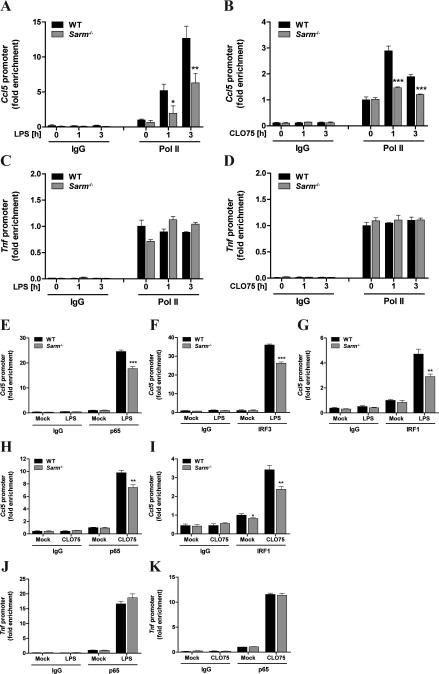Figure 5. SARM is required for optimal Pol II recruitment and the assembly of transcription factors at the Ccl5 promoter.
A-D, Primary WT and Sarm−/− BMDMs were stimulated with 100ng/ml LPS (A,C) or 5μg/ml CLO75 (B,D) for the indicated times, or medium as control. Sheared chromatin lysates were subjected to ChIP with an antibody specific to RNA Polymerase II (Pol II) or an isotype-control antibody (IgG). Precipitated DNA and Input DNA were analyzed by quantitative RT-PCR using primer pairs specific for the Ccl5 or Tnf promoter. Results are normalized to Input and are presented as fold enrichment of Pol II at the Ccl5 promoter (A,B) or Tnf promoter (C,D) relative to the untreated WT control. E-K, Primary WT and Sarm−/− BMDMs were stimulated for 1h with 100ng/ml LPS (E-G,J), 5μg/ml CLO75 (H,I,K) or medium as control (mock). Sheared chromatin lysates were subjected to ChIP with antibodies specific to NF-кB p65 (E,H,J,K), IRF3 (F), IRF1 (G,I) or IgG control. Samples were analyzed as in A-D and are presented as fold enrichment of each specific transcription factor at the Ccl5 promoter (E-I) or Tnf promoter (J,K) relative to mock treated WT cells. All data are mean ± SD of PCR technical triplicates and are representative of at least three independent experiments. * P < 0.05, ** P < 0.01, *** P < 0.001 compared with WT (Student's t-test).

